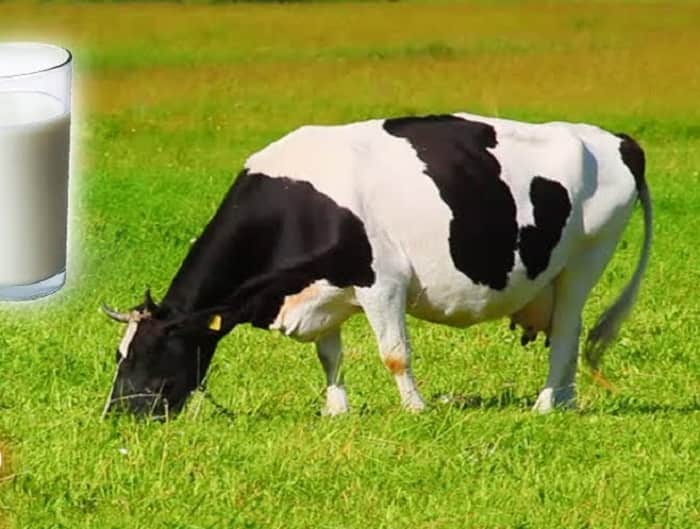The cow eats green grass, but how does it produce white milk? Well, it is a scientific process, and if you understand it from the point of view of science, you will find that many things are responsible for this. So let's understand this process with an example.
Normally blood is formed in the human body, whether we eat bread, green vegetables, yellow banana, brinjal, or anything else, but the color of the blood that is made in our body is always red. From a cup of blood in childhood to 5 liters of blood circulating in our body today, it is made up only because of what we have been eating since childhood. This blood has come from various foods, but the end product is simply red blood because many parts of the food are excreted and a little part is absorbed. In the same way, the grass goes into the stomach of the cow and gets crushed there, from which many vitamins and minerals are extracted.
Yes, grass also contains vitamins and minerals, which may sound strange to hear, but it is an excellent source of many different vitamins and minerals. If you look at the nutritional info of Grass you will get to see many nutrients such as Vitamin A, Vitamin C, Vitamin E, Vitamin K, B vitamins, Calcium, Iron, Magnesium, and much more. So when the grass gets into the cow's stomach, all these vitamins and minerals get extracted in one place, and Chlorophyll, the green coloring agent in plants, and whatever other unwanted material comes out from the cow's body in the form of cow dung or cow manure. Therefore, milk is made drop by drop by the concentration of vitamins and minerals in one place, and the unwanted material gets thrown out of the body.














0 comments:
Post a Comment